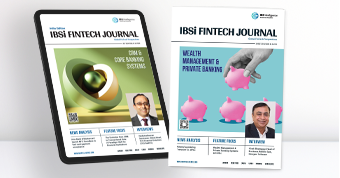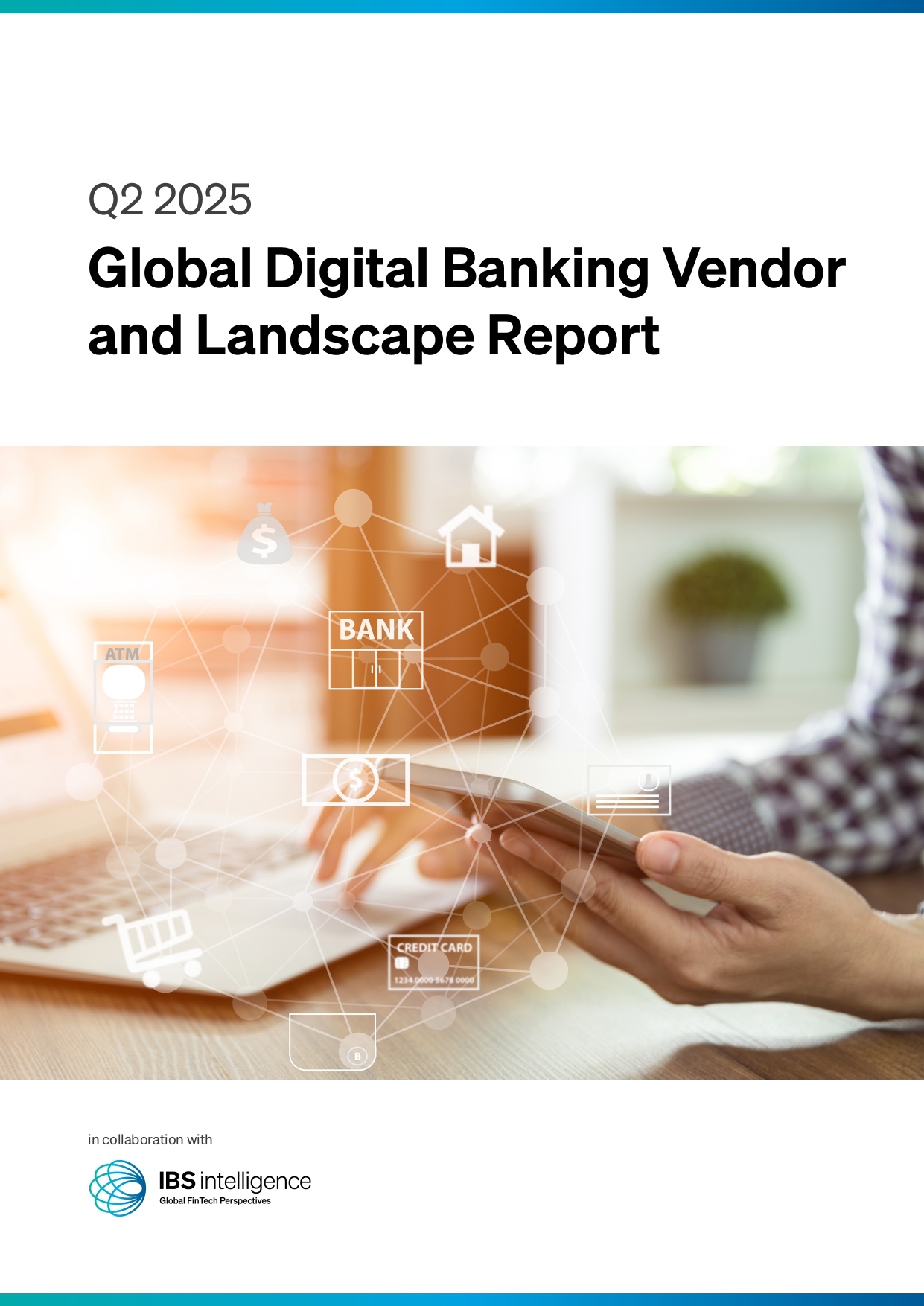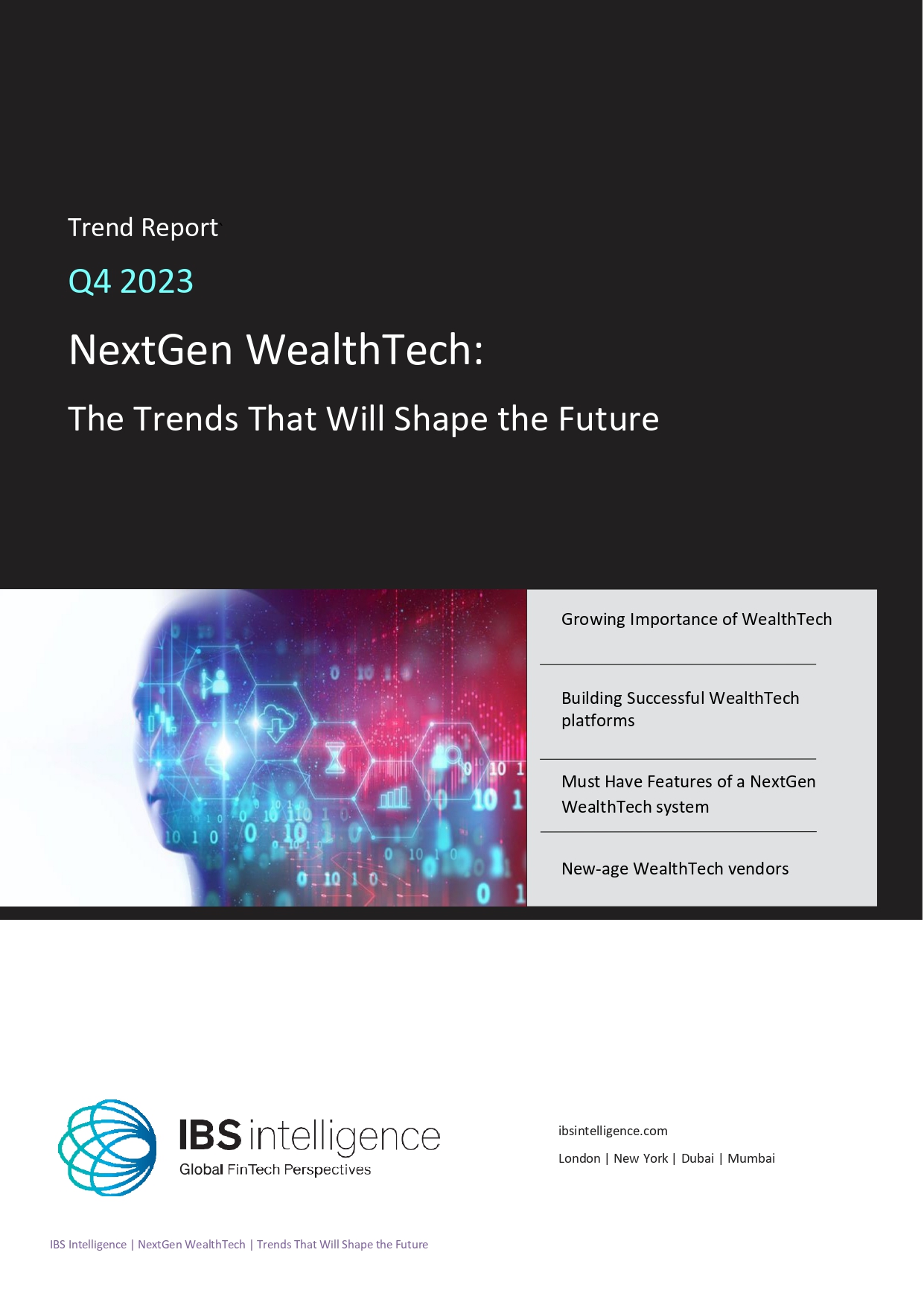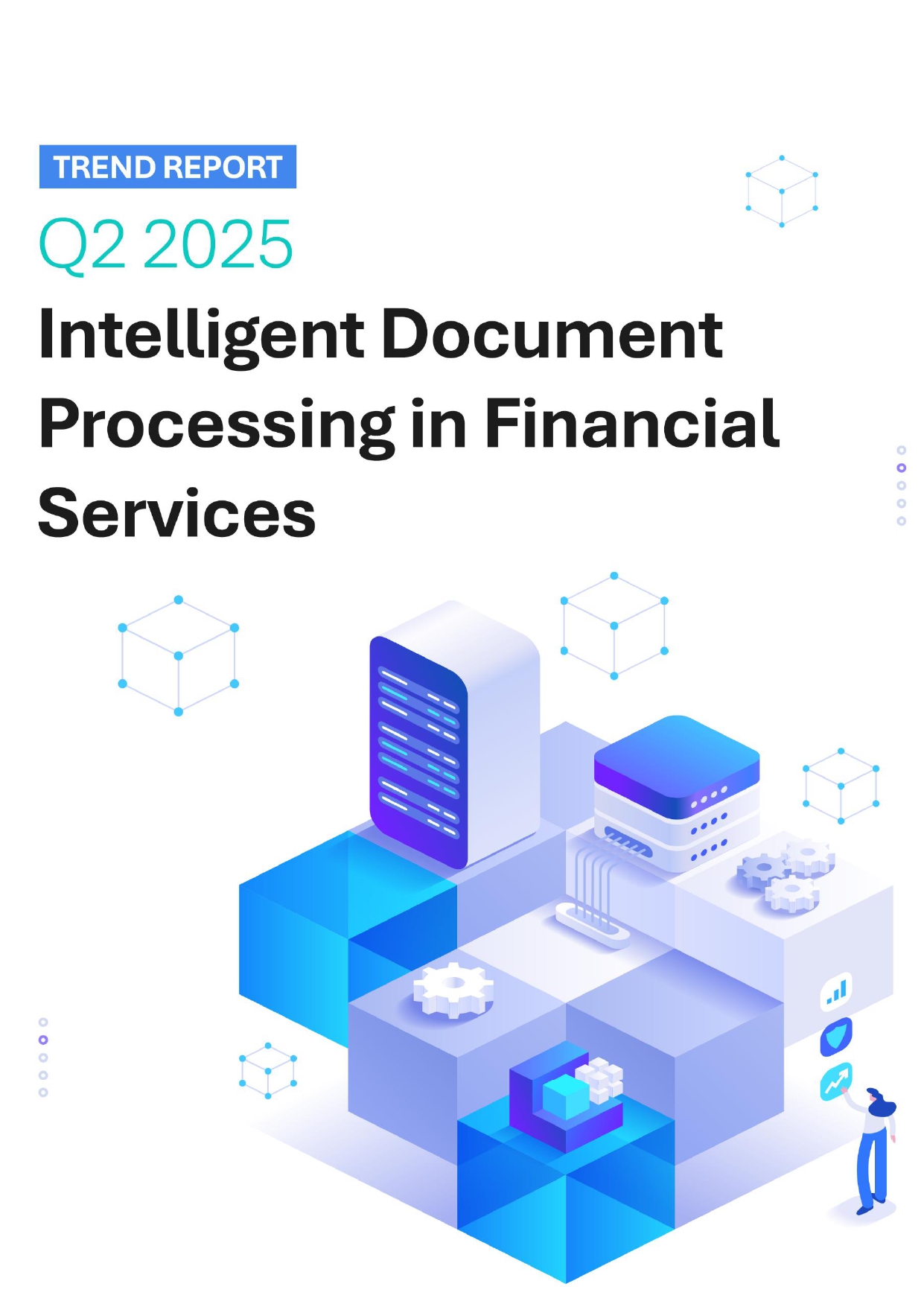 Back
Back
The Future of Digital Payments in Saudi Arabia: Government Initiatives and a Thriving FinTech Ecosystem

By Nauman Hassan, Regional Director for MENA at Paymentology
Contactless payments, digital wallets, and online banking have become integral to Saudi Arabia’s financial industry, providing fast and secure transactions and financial services. As of 2023, digital transactions accounted for 70% of all retail payments , with transaction volumes increasing by 24% YOY, indicating a rapid shift in consumer preferences.
Saudi Arabia is in the midst of a transformative digital payments revolution. Government initiatives are having a large impact, with innovative FinTech regulations and high smartphone penetration, especially among the country’s younger demographic, enabling the adoption of digital payments. This regulatory support is augmented by a strong and growing ecosystem of local and global FinTechs.
Saudi government taking the lead
Saudi Arabia’s government continues to play a crucial role in moving the digital revolution forward. Its adoption of digital payments dates back to the 90s with the founding of the Saudi Payments Network by the Saudi Central Bank, aiming to reduce the country’s reliance on cash transactions.
The Saudi Central Bank recently introduced its contactless payment service, Mada Atheer, to boost digital payments and develop a strong, secure national financial infrastructure. Another significant catalyst is Vision 2030, a sweeping government initiative aimed at modernising Saudi Arabia’s economy and society. One of its targets is to reach 70% non-cash retail transactions by 2030, an important milestone for the wider digitisation of the Saudi financial sector.
Saudi FinTech Tweeq, now a part of fellow Saudi FinTech Tabby, is a great example of the Saudi Central Bank’s support for innovators introducing digital financial products to the market, having awarded the Tweeq an e-money licence to launch its mobile-first super-app tailored for millennials and Gen-Z. Recent statistics show Saudi Arabia is on track to achieve this goal; over the last three years, digital transactions increased by 75%, while digital payments reached 10.8 billion in 2023, up 24% from 2022.
The country’s commitment to building a world-leading digital financial ecosystem is made clear by its widespread investment in transformative technologies, which has the potential to create 200,000 new jobs by 2025 and build on digital payments infrastructure to support the transition to sustainable smart cities.
Smartphone usage and the demand for digital payments
The younger Saudi generation is leading the demand for digital payment methods, with 63% of the Saudi population under the age of 30. This tech-savvy demographic is most comfortable interacting with services through digital platforms, preferring digital payments to cash transactions. As Gen Z dominates the industry with an 82% FinTech adoption rate, a cashless economy offering secure and efficient digital payments is on the horizon.
Retailers, including major chains and SMEs, are capitalising on this demand by implementing next-generation point-of-sale and e-commerce checkout payments technology with support for mobile wallets and contactless transactions. This adoption positions businesses in good stead to enhance customer experiences while streamlining operational efficiencies. These advancements also reduce the country’s reliance on cash handling and boost transaction speeds, contributing to lower costs and economic growth.
FinTech partnerships enable innovation
The recent sharp rise in adoption of digital payment methods in Saudi Arabia has been enabled by FinTechs. By partnering with FinTechs, banks are driving the initiative and helping to ensure that their digital platforms are up-to-date, incorporating a steady stream of iterative improvements and new features delivered by their FinTech partners.
FinTechs, each specialising in digital infrastructure for a part of a bank’s wider tech stack, enable banks to constantly deploy next-generation payment solutions whilst staying on top of emerging fraud and vulnerability concerns. Therefore, banks do not have to maintain large engineering and development teams to offer modern and comprehensive digital platforms to consumers.
As more financial institutions recognise and embrace the benefits of FinTech partnerships, competition amongst both incumbent and challenger banks is intensifying, with consumers prioritising the digital user experience when selecting their banking provider. Partnerships with international FinTechs are playing a key role, lending expertise from further digitised markets in Europe and Asia to hone the digital user experience for each market segment in Saudi Arabia. There are many advantages to these kinds of partnerships across the sector, including enhanced customer service, a wider range of financial services, and improved operational efficiencies for financial institutions.
Ultimately, the continuous adoption of digital payments in Saudi Arabia depends on these collaborations, both locally and globally, to provide next-generation payments infrastructure through easy-to-integrate APIs. As the FinTech sector continues to grow, Saudi Arabia’s embedded finance revenue is projected to grow from $4.80 billion in 2024 to $13.10 billion by 2029.
Led by a strengthening FinTech ecosystem and welcomed by a tech-savvy consumer base, Saudi Arabia’s financial industry is adopting digital payments at a rapid speed, with much more advancement to come. The ongoing digital transformation in Saudi Arabia will set out a blueprint for neighbours to follow.
IBSi News
Get the IBSi FinTech Journal India Edition
- Insightful Financial Technology News Analysis
- Leadership Interviews from the Indian FinTech Ecosystem
- Expert Perspectives from the Executive Team
- Snapshots of Industry Deals, Events & Insights
- An India FinTech Case Study
- Monthly issues of the iconic global IBSi FinTech Journal
- Attend a webinar hosted by the magazine once during your subscription period
₹200 ₹99*/month
* Discounted Offer for a Limited Period on a 12-month Subscription
IBSi FinTech Journal

- Most trusted FinTech journal since 1991
- Digital monthly issue
- 60+ pages of research, analysis, interviews, opinions, and rankings
- Global coverage
Other Related Blogs
July 10, 2025
Digital credit as the new emergency fund: how millennials are redefining financial resilience
Read MoreJune 27, 2025
Intelligent payment orchestration – why 2025 is an inflection point for banks in Europe
Read MoreRelated Reports

Sales League Table Report 2025
Know More
Global Digital Banking Vendor & Landscape Report Q2 2025
Know More
NextGen WealthTech: The Trends To Shape The Future Q4 2023
Know More
Intelligent Document Processing in Financial Services Q2 2025
Know More

